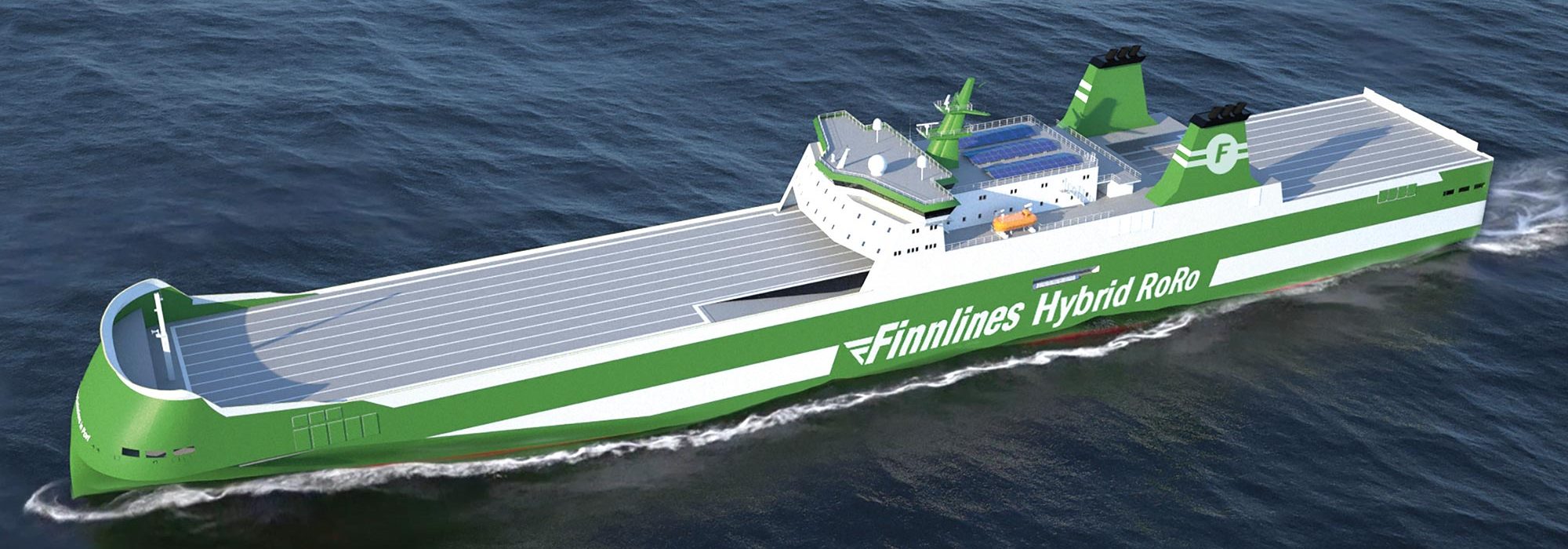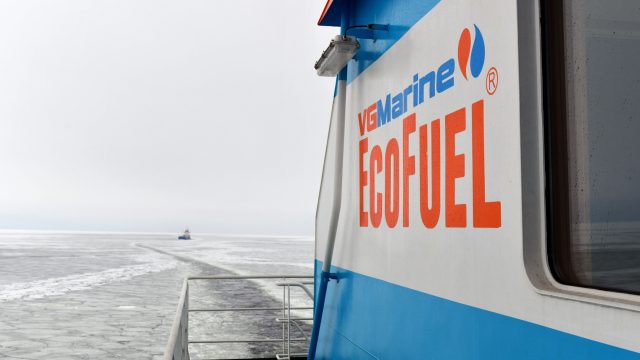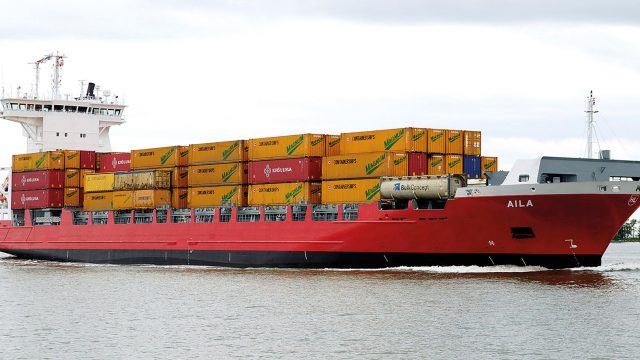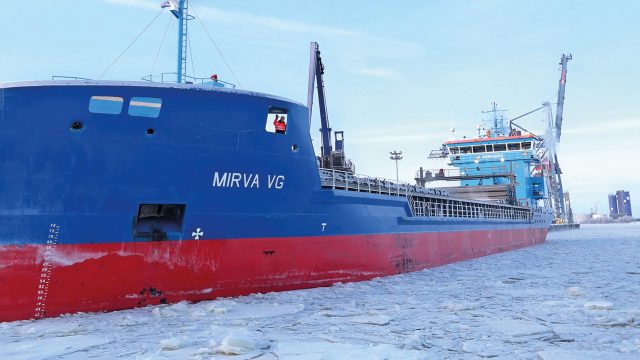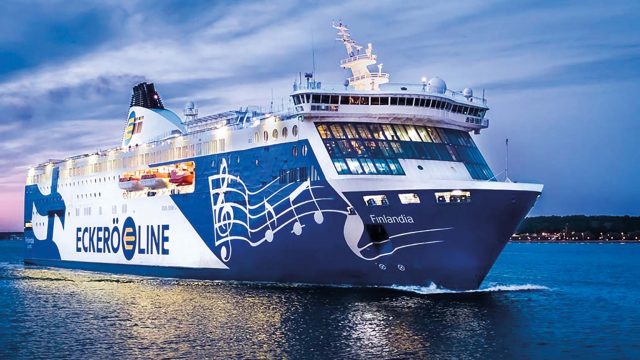These actions include emission-abatement system installations on 21 ships, fleet changes and route optimization, fuel monitoring and slow steaming, silicone anti-fouling treatments, propulsion improvement and vessel lengthening investments. All investments were aimed at reducing fuel consumption and emissions per transported ton.
In 2018, Finnlines completed its EUR 70 million program under which six Ro-Ro vessels were lengthened, and the achieved 30% capacity increase will reduce energy consumption per transported unit compared to the original vessel.
Finnlines continues to invest in increasing its vessel capacity and has ordered three Ro-Ro vessels from the Chinese Jinling shipyard. Their delivery is expected from 2021–2022. These new technology vessels are 238 meters long and will each have a cargo capacity of 5,800 lane meters. The vessels will be a new kind of hybrid Ro-Ro vessels – they will use fossil fuel during sailing but only electricity restored in lithium-ion battery bank while in port, and hence guaranteeing ‘zero emissions in port’. In addition, an innovative air lubrication system under the keel will create bubble layers which will reduce friction and hydrodynamic resistance and, consequently, reduce fuel consumption and emissions as well. Optimized energy efficiency is ensured with the hull lines and propellers, including the most advanced integrated propeller-rudder systems.
Furthermore, Finnlines is working on developing a new Superstar Ro-Pax class concept. These vessels will also be equipped with emission abatement and other advanced fuel-consumption and emission-reduction systems. Also, LNG as an alternative fuel is considered. The company aims towards increased energy efficiency and reduced emissions. The deliveries of these vessels are likely to take place in 2021–2022.

